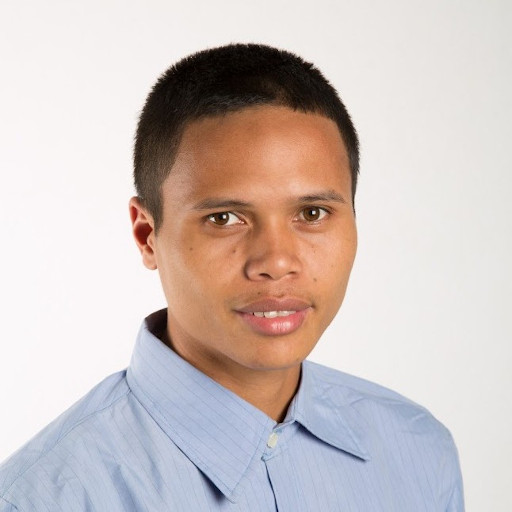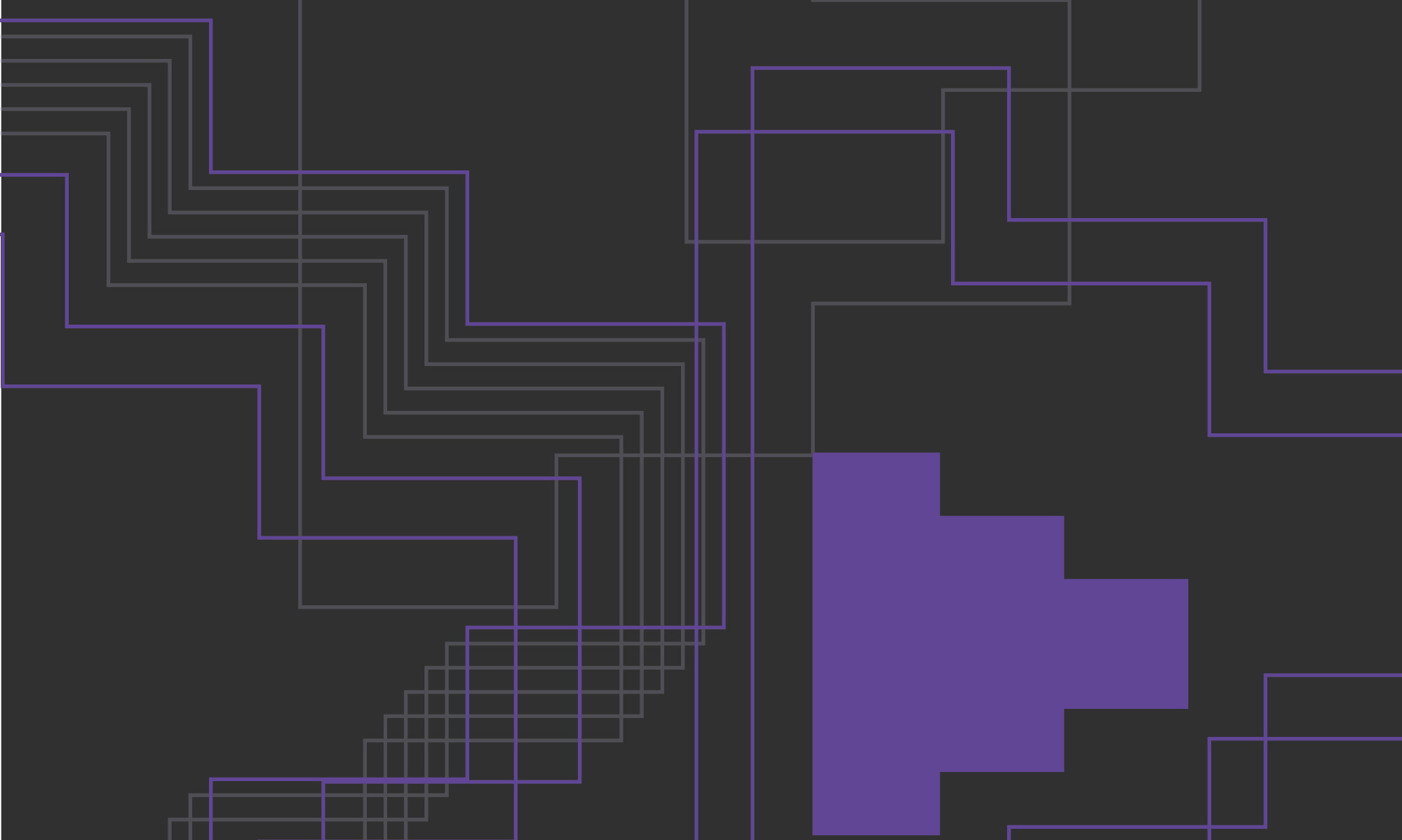 |
Junior Reseacher, PhD Student
Faculty of Mathematics and Informatics, Vilnius University Tel: +370-6-0326234 |
Education:
2020-Present: PhD in Mathematics and informatics at VU and ESR14 in the GRAPES project. Project funded by the European Union’s Horizon 2020 research and innovation programme under the MarieSkłodowska-Curie grant agreement No 860843.
2018-2020: MSc in Mathematics and its applications, CEU.
Thesis: Sheaf cohomology and its applications in analytic geometry.
Advisor: Prof. András Némethi.
Scholarship: CEU scholarship on Master’s degree program in Mathematics and its Applications.
2017-2018: MSc in Mathematics, AIMS-SA & UWC.
Thesis: Deformations and resolutions of Du Val singularities.
Advisors: Prof. Balázs Szendröi and Dr. Alberto Cazzaniga.
Scholarship: AIMS scholarship on Structured Master’s program in Mathematics.
2015-2016: Master I (Bac+4) in Fundamental Mathematics, University of Antananarivo.
Specialized in algebra, geometry and number theory.
2013-2015: BSc degree in Fundamental Mathematics, University of Antananarivo.
Research interests:
Dupin cyclides and more generally Darboux cyclides, spline surfaces and offsets.
Also algebraic geometry, differential geometry, algebraic topology and their applications in surface modeling.
Reseach Project: Circular meshes and cyclidic splines of arbitrary topology.
Advisors: Rimvydas Krasauskas and Raimundas Vidunas.
Institution: Institute of Computer Science, Vilnius University.
It was known for decades that circular quad meshes produce smooth cyclidic splines, composed of principal patches of Dupin cyclides. Due to topological and shape constraints they appeared too rigid and nonflexible for modelling.At the same time, certain attempts to extended regular cyclidic splines to surfaces of arbitrary topology find empirical justification in architecture. We shall use systematic Moebius invariants based on quaternions to generalise circular quad meshes to quasi-circular allowing arbitrary even-sided faces. Cyclidic splines of arbitrary topology will use these and a subdivision-like procedure for filling multisided holes. Approximation, free-form modelling and shape optimisation of such splines shall be considered. We also explore 3D circular hexahedron meshes generating 3D cyclidic splines composed of principal Dupin volumes. Locally they represent 3-orthogonal coordinate systems for IGA.
Expected results: We will generalise cyclidic splines based on circular quad meshes to surfaces of arbitrary topology based on quasi-circular meshes and explore their extensions to 3D cyclidic spline frameworks. Practical applications such as surface offsetting or the computation of surface intersections will also be investigated.
Secondments are planned at JKU (Linz, Austria) and at the industrial member ModuleWorks (Aachen, Germany).
Publications
- Under preparation

